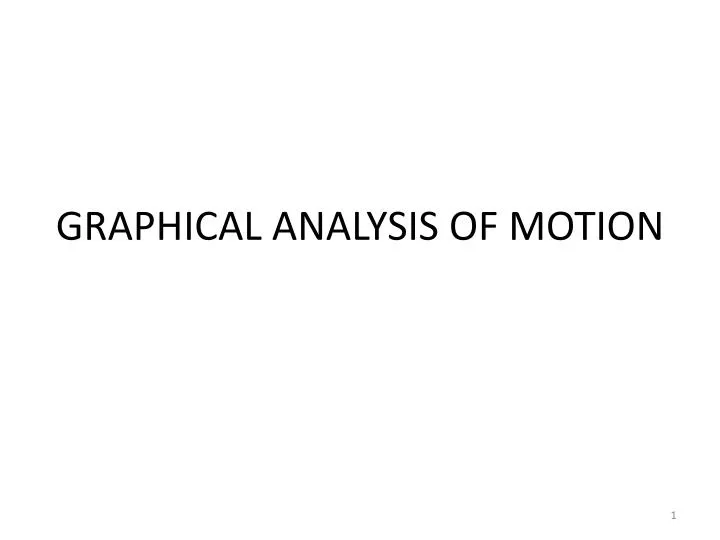

Lu, Jiachen Peng, Renyuan Cai, Xinyue Xu, Hang Li, Hongyang Wen, Feng Zhang, Wei Zhang, Li*ĭoppelgangers: Learning to Disambiguate Images of Similar StructuresĬai, Ruojin* Tung, Joseph Wang, Qianqian Averbuch-Elor, Hadar Hariharan, Bharath Snavely, NoahĮgoLoc: Revisiting 3D Object Localization from Egocentric Videos with Visual Queries Translating Images to Road Network: A Non-Autoregressive Sequence-to-Sequence Approach Yeshwanth, Chandan* Liu, Yueh-Cheng Niessner, Matthias Dai, Angela ScanNet++: A High-Fidelity Dataset of 3D Indoor Scenes Liu, Xinyang Zhang, Yinda Li, Yijin Teng, Yanbin Bao, Hujun Zhang, Guofeng Cui, Zhaopeng* Multi-Modal Neural Radiance Field for Monocular Dense SLAM with a Light-Weight ToF Sensor Wednesday 4th 9:30am-10:30am - Orals Date & Time Please do not send a request for modification if you find here a difference with the "camera-ready" version: the changes you already agreed on with publications chairs will be done automatically by Thursday. A positive acceleration meant that the car was accelerating or speeding up because the change in velocity over time was positive.This program is accurate but it is based on the first title and authors' names that were given for each contribution. Time graph, the cart had a positive acceleration during the time from 0.0 seconds to 1.15 seconds.
GRAPHICAL ANALYSIS OF MOTION 1 FREE
Time graph, the motion of the cart was similar to the motion of a free falling object. Based on the results from the Velocity vs. Time graph should equal to the velocity of the object. This means that as the cart increases displacement or velocity, the slope of the Displacement vs. Based on the graphs obtained in Part III, it was shown that both slopes were positive. The second slope, for the Velocity versus Time graph, represents the acceleration of the cart as a result of the falling mass, essentially the change in velocity over that same amount of time. Time graph represents the instantaneous velocity of the cart at the time of 0.8 seconds. The slope determined in part III for the Displacement vs. This problem could be avoided if we smooth wheels were used. Therefore, the points on the VT graph do not connect to form a straight line because at some points, the acceleration is different. The uneven friction caused by possible bumps on the track may result in un-uniform acceleration.

Uneven friction was another source of error.
GRAPHICAL ANALYSIS OF MOTION 1 TRIAL
To resolve this situation, we can line up the cart at a certain mark to make the starting point of each trial consistent. It could have been off by 1 millimeter or more and the starting point could have been different each trial. Given just a cart, a ramp with a ruler at the edge of it, "photogates," string and a device to calculate the time, it was hypothesized that acceleration can be found by determining the slope of the Velocity-Time graph and the displacement can be found by determining the area under the line or curve of the graph.Ī source of error from the experiment was that it was difficult to line up the card at the 20 centimeter mark. Instantaneous velocity is the velocity of an object at a given instant, especially when the object is accelerating. Time graph, the instantaneous velocity was determined at different distances. Lastly, acceleration is how fast the velocity is changing or rate at which velocity is changing. Velocity is how fast an object moves and in what direction it is moving. Displacement is how far an object travels or the total path an object moves on, including its direction. The objective of the lab was to obtain the displacement and the acceleration of a moving body from its Velocity vs. Any one of these values can be determined from a graph that involves time, displacement, and velocity.

A moving body always has displacement, velocity, and acceleration. Kinematics is the branch of mechanics dealing with motion of an object without discussing force and mass. The concept of the lab mainly focused on kinematics.


 0 kommentar(er)
0 kommentar(er)
